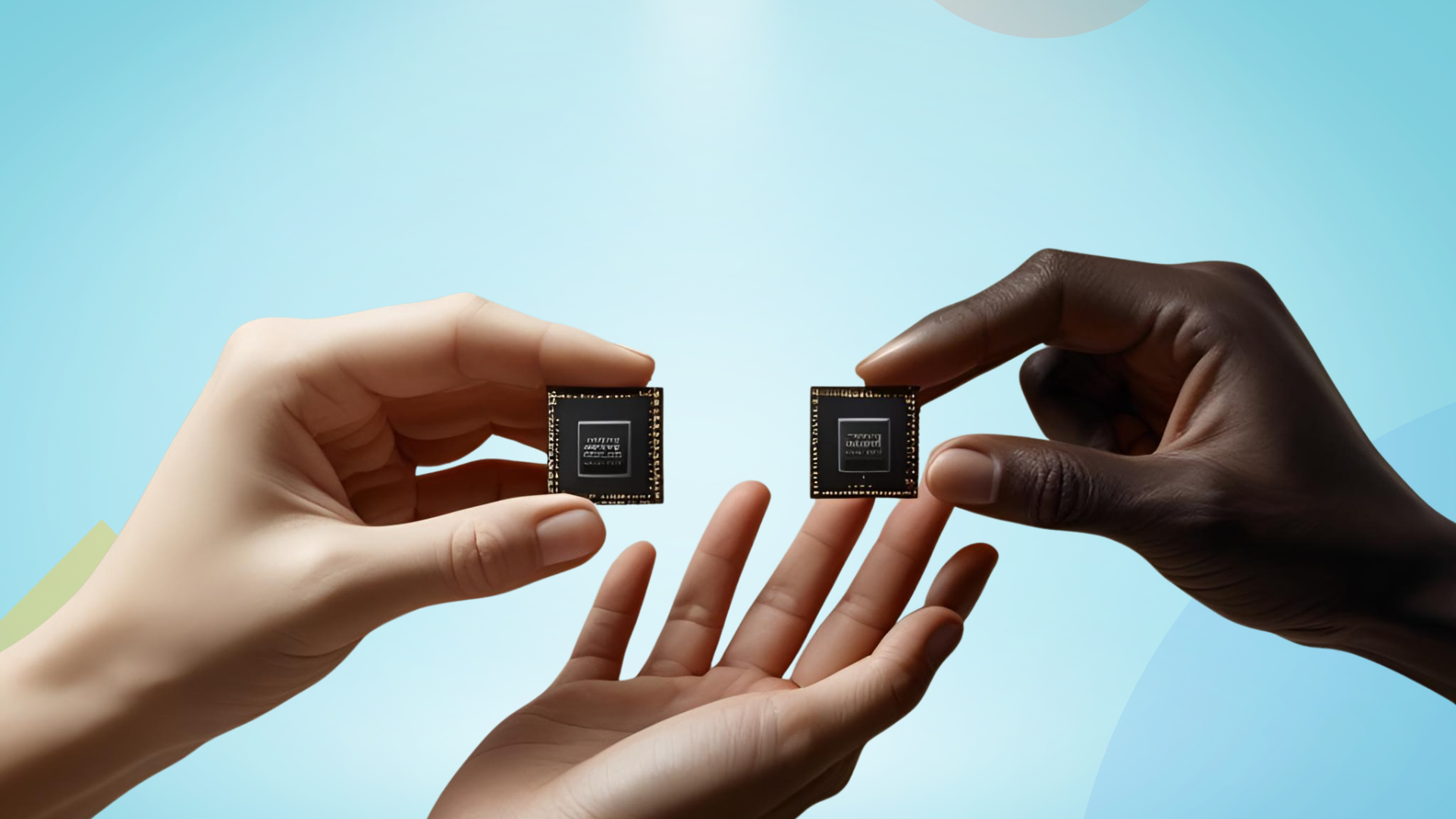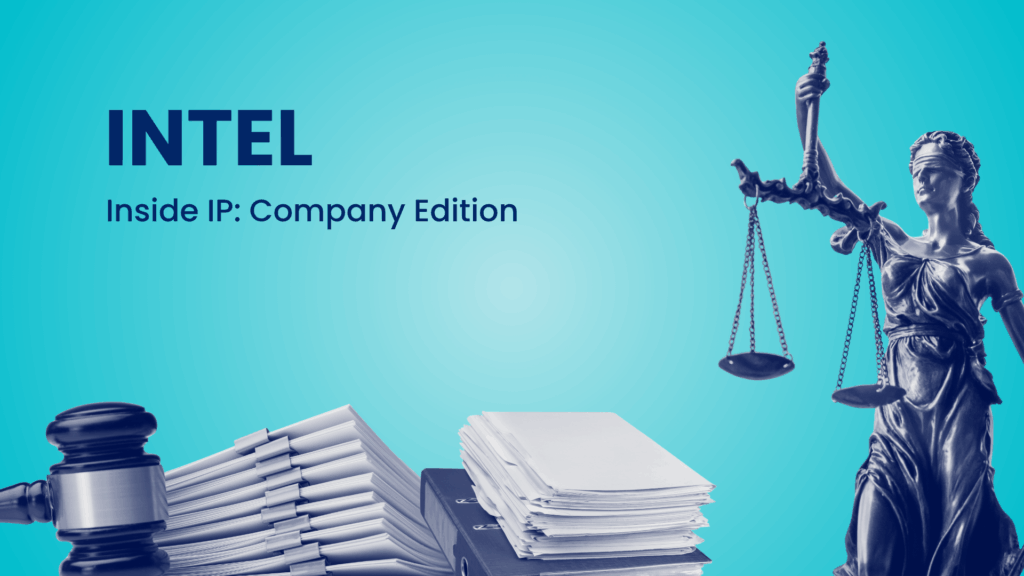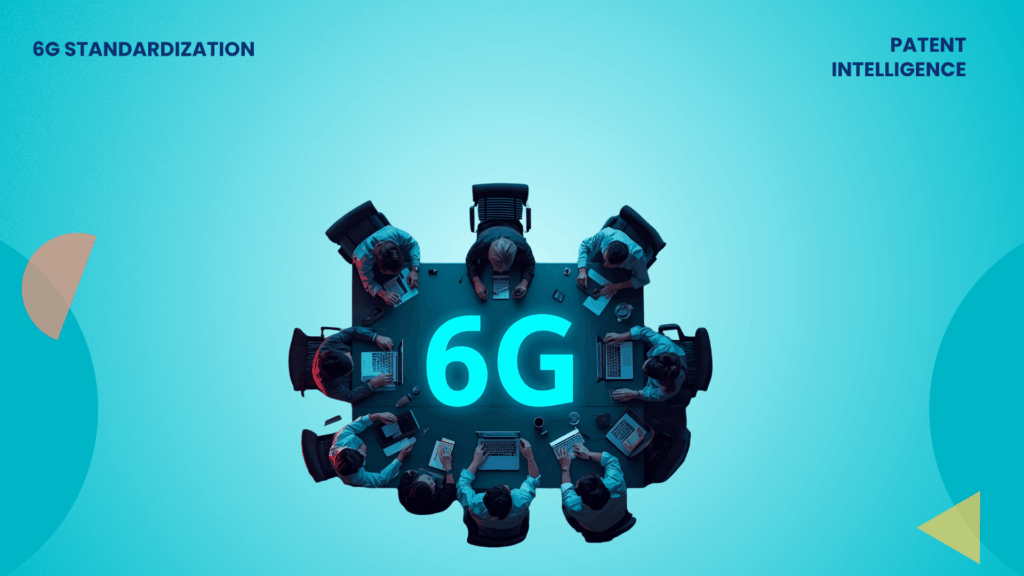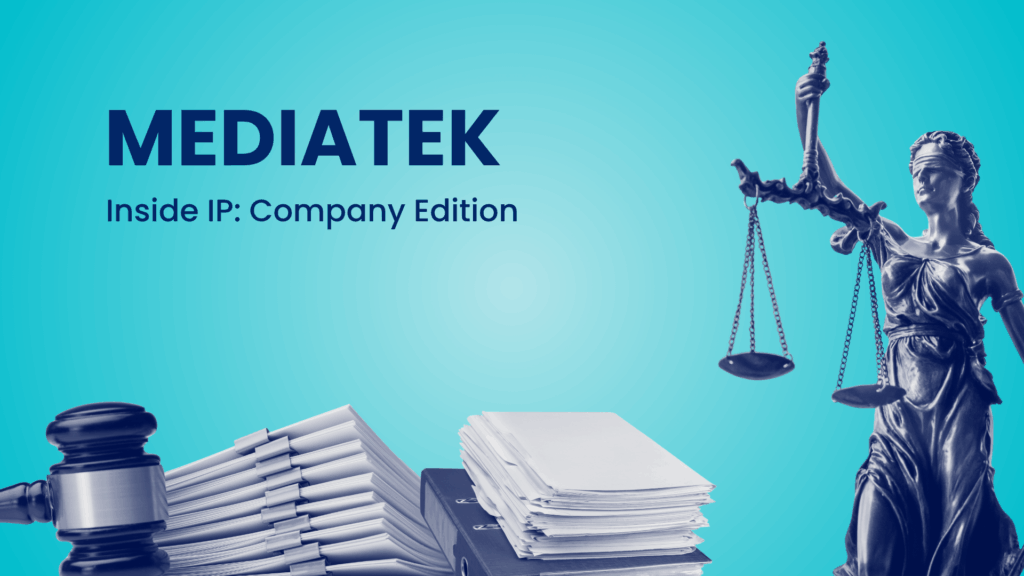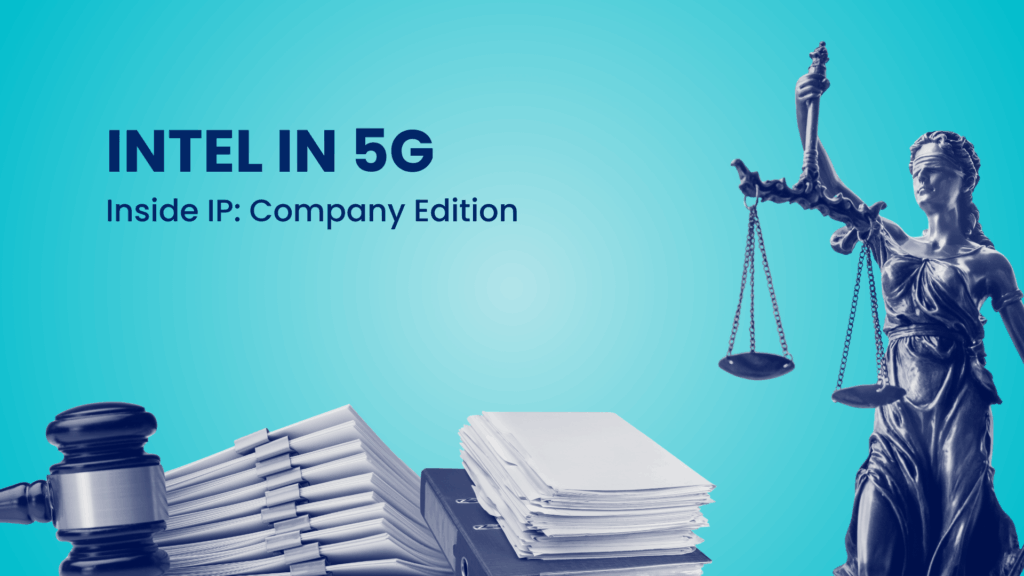Taiwan Semiconductor Manufacturing Company (TSMC) has long been known for actively protecting its intellectual property through litigation. However, in an unexpected move in March 2025, TSMC transferred 32 patents to Mago Barca IP LLC, an affiliate of Longhorn IP.
This transfer followed a complex legal history between the two companies. In 2023, TSMC had sued Longhorn IP and its affiliate, Hamilcar Barca IP LLC, for allegedly breaching a collaboration agreement. Under this agreement, TSMC was supposed to have access to certain MediaTek patents held by Longhorn.
The dispute was eventually resolved through a confidential settlement reached outside of court. Following this resolution, in November 2024, TSMC proceeded to transfer additional patents to Longhorn’s affiliate, a licensing firm, signaling an intriguing shift in their relationship.
This raises an intriguing question: Did TSMC pay for access to the MediaTek patents with its own patents? Or is this part of a growing trend where licensing firms act as intermediaries to help companies gain access to competitor patents?
GreyB’s analysis explores the implications of this patent transfer, focusing on the technologies involved and how TSMC’s shift might inform similar approaches within the semiconductor sector.
TSMC’s Pursuit of MediaTek Patents
TSMC’s lawsuit against Longhorn IP and Hamilcar Barca IP LLC accused them of violating the terms of an Intellectual Property Collaboration and Services Agreement that was signed in 2020. At the center of the dispute were patents that Longhorn had acquired from MediaTek, which TSMC argued should have been shared with them under the terms of the agreement.
TSMC’s interest in the MediaTek patents stemmed from the technologies covered in those patents, which were crucial for advancing TSMC’s semiconductor capabilities. Specifically, these patents relate to semiconductor design, fabrication technologies, and power-saving techniques. These are all vital to improving chip performance, efficiency, and miniaturization, key aspects of TSMC’s core business.
As part of the lawsuit, TSMC sought declaratory relief, specific performance, and damages for the alleged breach, including a ruling on whether it was entitled to a license for the patents in question. Additionally, the lawsuit addressed a breach of a standstill provision that was intended to prevent any party from asserting patent rights during a specified period. While Longhorn attempted to have the case dismissed, the court allowed the case to proceed.
Inside TSMC’s Unexpected Deal with Longhorn IP
Rather than continuing the litigation, TSMC and Longhorn IP reached a collaboration agreement in November 2024.
We are pleased to announce this renewed agreement and look forward to a collaborative relationship between LIP and TSMC,’ said Khaled Fekih-Romdhane, Founder, President, and CEO of Longhorn IP. All terms of the agreement are confidential.
As the lawsuit was resolved, TSMC likely gained access to MediaTek’s patents, which were at the heart of the earlier lawsuit. Secondly, TSMC transferred 32 of its semiconductor patents to Longhorn’s affiliate, Mago Barca IP LLC, in March 2025.
Mago Barca IP is positioned on Longhorn’s website as responsible for managing semiconductor manufacturing and packaging portfolios, precisely the technical domains covered by the transferred patents. If the collaboration agreement included terms granting TSMC a license (which is likely given the nature of the settlement), they can continue to use or license the patents for their semiconductor business without the burden of directly holding the patent rights.
TSMC’s transfer of patents to a specialized licensing firm is a clear indication of its intention to monetize its intellectual property through licensing and strategic enforcement. This is TSMC’s third significant divestiture to a licensing entity in recent years.
- March 2025: 32 patents transferred to Mago Barca IP LLC (Longhorn IP affiliate)
- August 2024: 189 patents related to FinFET, Gate-All-Around, and advanced 3DIC packaging sold to Parabellum
- 2020: 6 patents sold to Trenchant Blade Technologies (another Longhorn affiliate), which were subsequently used in litigation campaigns against Samsung, SK Hynix, and Intel.
The technical proximity between the 2024 and 2025 transfers is particularly interesting. Both portfolios heavily concentrate on similar semiconductor technologies and share overlapping CPC classifications, notably H01L2924 and H01L2224, which relate to semiconductor device connection arrangements.
The Rise of Patent Licensing & Monetization firms as Intermediaries in Semiconductor IP
Longhorn IP and its affiliates, including Mago Barca IP LLC, L2 Mobile Technologies LLC (L2MT), and Ox Mobile Technologies LLC (OMT), have established themselves as intermediaries in the semiconductor industry.
OMT reached a patent licensing agreement with OnePlus for its 4G/LTE patent portfolio. In this case, Ox Mobile Technologies acquired standard-essential patents (SEPs) related to wireless communication technologies, which were then licensed to OnePlus.
L2MT filed a patent infringement lawsuit against TCL in 2022 related to wireless communication patents. Similar to Taiwan Semiconductor, L2MT eventually reached a patent licensing agreement with TCL.
This shift to patent monetization firms as intermediaries means that semiconductor companies may face rising licensing demands or even lawsuits related to patents they may not have previously considered.
The 32 Patent Transfer: A New Alert to Semiconductor Companies
Just as OMT and L2MT have leveraged patent portfolios to initiate licensing deals with OnePlus and TCL, Mago Barca IP is now poised to do the same with the 32 patents transferred from TSMC. The 32-patent portfolio transferred to Longhorn’s affiliate, Mago Barca IP LLC, represents semiconductor technologies that directly address key challenges in modern chip design and manufacturing.
The portfolio consists of five distinct technology clusters that are foundational to the future of semiconductor innovation:
1. FinFET and Leakage Reduction Technologies
Several patents (including US8735993B2, US8928093B2, US8772109B2, US9647117B2) focus on FinFET architectures and techniques to reduce leakage currents while enhancing current density. As technology advances and chips become smaller, it’s crucial to maintain the chip’s performance while keeping energy consumption low. These innovations are key to making chips work faster and more efficiently in devices like smartphones, computers, and other electronics.
2. 3D ICs, Interposers, and Through-Silicon Vias (TSVs)
A significant portion of the portfolio (US7932608B2, US8390125B2, US8546953B2, US9048233B2, US9570324B2) addresses three-dimensional integrated circuits and advanced interconnect solutions. These patents also focus on special connectors (called interposers and TSVs) that link the different layers of the stacked chips. The goal is to ensure that the connections between these stacked layers are solid and reliable, which helps the device run smoothly and improves its performance.
3. Cobalt Plug and Contact Reliability
Patents like US9287170B2, US9735107B2, US10510664B2, and US11444028B2 focus on forming reliable electrical contacts using cobalt plugs. These processes enhance conductivity and repairability, addressing critical issues such as resistance and electromigration in advanced semiconductor nodes.
In simpler terms, they ensure that the parts of a chip that need to send electrical signals are able to do so without issues like resistance or wear and tear, which can happen over time as devices get older and become hotter. This makes the chips last longer and function more reliably.
4. Packaging Innovations and Thermal Management
Several patents (US11081372B2, US8674510B2) introduce innovative packaging solutions designed to enhance thermal management and power delivery in high-density devices.
The goal is to prevent chips from overheating. These innovations also make the packaging more compatible with the materials used in modern, high-density devices, such as those found in smartphones and computers, ensuring they work effectively without damage from heat.
5. Stacked Chip Testability and Yield
One particularly valuable patent (US9496189B2) introduces embedded test pads to enable in-process testing of stacked chips, which is critical for improving manufacturing yield and reducing rework costs in complex semiconductor fabrication. This ensures higher quality and fewer defects in the final product, ultimately increasing the yield (or number of good chips produced) and reducing manufacturing costs by preventing the need for rework later.
Portfolio Strength Indicators
The transferred portfolio demonstrates exceptional technical impact and industry relevance:
1. Citation Strength Indicates High Technical Influence
The portfolio consists of high-impact patents, including US7932608B2 and US9048233B2, having 40+ forward citations. US’ ‘608 has been cited especially by companies such as United Microelectronics Corp and Applied Materials, whereas US’ 233 has been cited by companies including Samsung, Micron, and Infineon. This citation pattern reflects their foundational importance in semiconductor innovation, particularly in interconnect technologies for 3D ICs and interposer designs.
2. Examiner Citation Frequency Suggests Core Technology Value
Two patents, US9048233B2 and US8501587B2, show exceptional examiner citation counts (37 and 18 citations, respectively). Collectively, the portfolio has been cited over 160 times by patent examiners in 102/103 rejection arguments, underscoring its critical position in the industry. Samsung is the top filer whose applications have faced rejections, followed by GlobalFoundries and ST Microelectronics.
These high-examiner citations highlight the growing influence of the patented technologies, particularly in industries where performance, miniaturization, and power efficiency are top priorities. This is especially relevant for sectors such as AI, 5G, and data centers, where the shift toward smaller, more efficient chips is accelerating, and the demand for advanced packaging solutions is expected to increase sharply in the coming years.
3. Litigation Track Record and Industry Implications
The transfer of these patents to Longhorn IP is significant not only because of the technical strengths they represent but also because of Longhorn’s proven ability to monetize high-value patents. Longhorn has established itself as a leader in semiconductor patent assertion, particularly through affiliates like Trenchant Blade Technologies and Katana Silicon Technologies. In 2021, Trenchant Blade launched a successful litigation campaign against Samsung, GlobalFoundries, and others, focusing on FinFET and wafer-level packaging technologies.
Longhorn’s other affiliate, Katana Silicon Technologies, sued Micron Technology Inc. for patent infringement in the U.S. District Court for the District of Idaho (Case No. 1:22-cv-00282). The case involved an $8 million bond requirement imposed under Idaho’s Bad Faith Assertions of Patent Infringement Act.
What TSMC’s Patent Transfer Signals for the Future of Semiconductor IP
While this collaboration may appear as a simple strategic pivot for TSMC, it has broader implications for the semiconductor industry. TSMC’s move may be seen as a win-win for them, as they can continue innovating while benefiting from licensing income generated by Mago Barca IP LLC, all while avoiding direct involvement in litigation.
Companies involved in key semiconductor technologies, such as FinFET, GAA FETs, and 3DIC packaging, are in the crosshairs of potential licensing demands or patent assertion.
These players must:
- Conduct comprehensive Freedom-to-Operate (FTO) analyses to assess potential exposure to the newly transferred patents.
- Identify infringement risks related to critical semiconductor technologies that overlap with TSMC’s patent portfolio.
- Prepare defensive strategies by considering early licensing agreements or design-arounds to minimize the risk of expensive litigation.
If this portfolio intersects with your product roadmap or current deployments, we can help assess the scope and significance before external pressure mounts.
Identify Licensing or Litigation Risks
Fill the Form to Know Where You Stand

